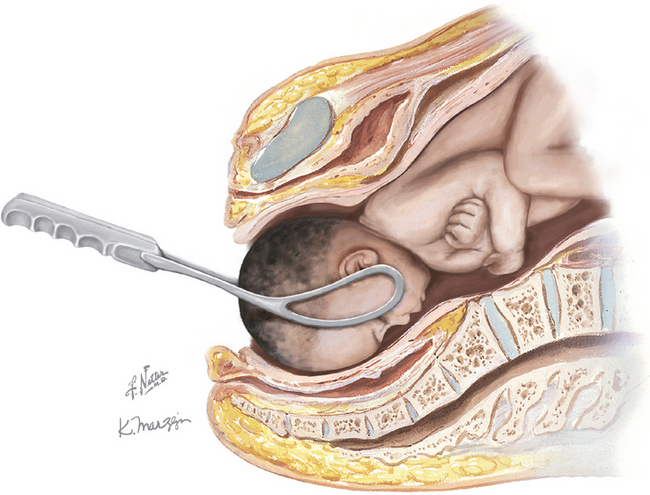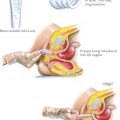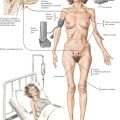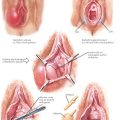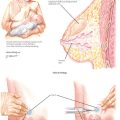Chapter 244 Forceps-Aided Delivery
CPT CODE(S)
Carmody F, Grant A, Mutch L, et al. Follow up of babies delivered in a randomized controlled comparison of vacuum extraction and forceps delivery. Acta Obstet Gynecol Scand. 1986;65:763.
Carmona F, Martinez-Roman S, Manau D, et al. Immediate maternal and neonatal effects of low-forceps delivery according to the new criteria of The American College of Obstetricians and Gynecologists compared with spontaneous vaginal delivery in term pregnancies. Am J Obstet Gynecol. 1995;173:55.
Vacca A, Grant A, Wyatt G, Chalmers I. Portsmouth operative delivery trial: a comparison of vacuum extraction and forceps delivery. Br J Obstet Gynaecol. 1983;90:1107.
Yancey MK, Herpolsheimer A, Jordan GD, et al. Maternal and neonatal effects of outlet forceps delivery compared with spontaneous vaginal delivery in term pregnancies. Obstet Gynecol. 1991;78:646.
Johanson RB, Menon BKV. Vacuum extraction versus forceps for assisted vaginal delivery (Cochrane Review). In: The Cochrane Library, Issue 4. Oxford: Update Software; 1999.
Ngan HY, Miu P, Ko L, Ma HK. Long-term neurological sequelae following vacuum extractor delivery. Aust N Z J Obstet Gynaecol. 1990;30:111.
Towner D, Castro MA, Eby-Wilkens E, Gilbert WM. Effect of mode of delivery in nulliparous women on neonatal intracranial injury. N Engl J Med. 1999;341:1709.
Wesley BD, van den Berg BJ, Reece EA. The effect of forceps delivery on cognitive development. Am J Obstet Gynecol. 1993;169:1091.
American College of Obstetricians and Gynecologists. Operative vaginal delivery. ACOG Practice Bulletin 17. Washington, DC: ACOG, 2000.
American College of Obstetricians and Gynecologists. Vaginal birth after previous cesarean delivery. ACOG Practice Bulletin 54. Obstet Gynecol. 2004;104:203.
Cunningham FG, Gant NF, Leveno KJ, et al, editors Williams Obstetrics 21st ed. 2001 McGraw-Hill New York 486
Gei AF, Belfort MA. Forceps-assisted vaginal delivery. Obstet Gynecol Clin North Am. 1999;26:345.
Handa VL, Harris TA, Ostergard DR. Protecting the pelvic floor: obstetric management to prevent incontinence and pelvic organ prolapse. Obstet Gynecol. 1996;88:470.

